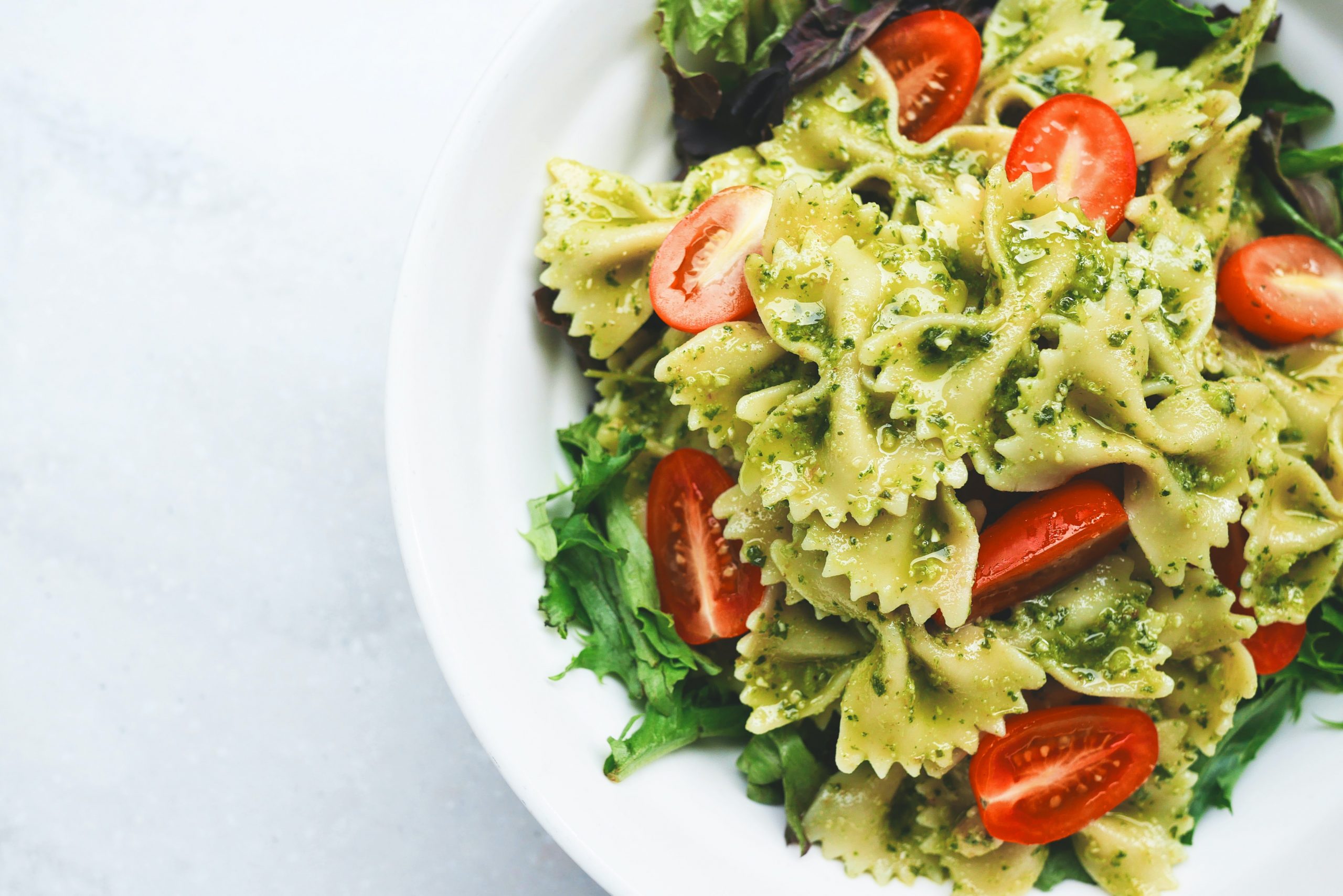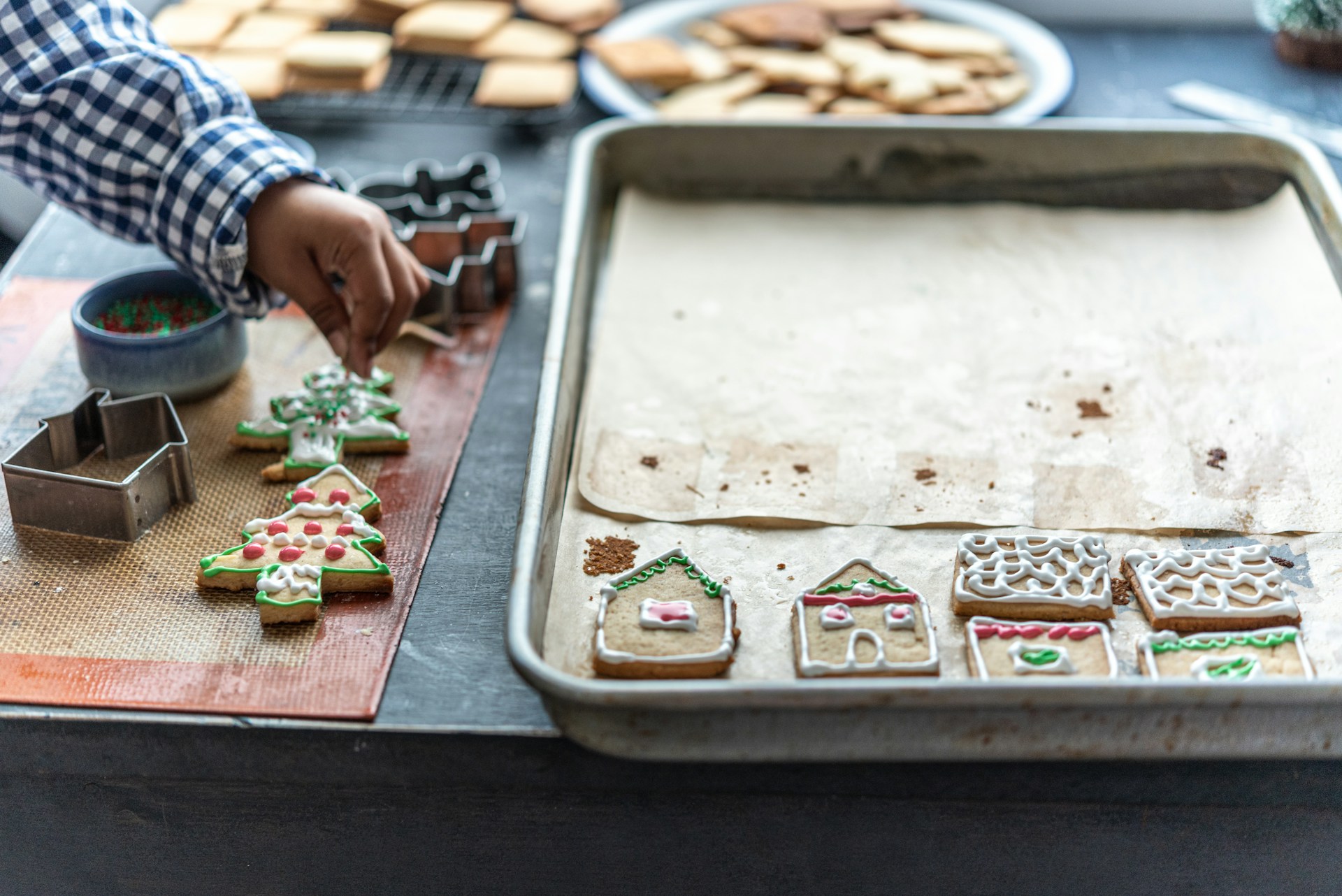Photo by Eaters Collective on Unsplash
It would be fair to say that pasta ranks highly in the average university student’s food consumption. I know students that would eat pasta on a daily basis, cooking a huge portion of Bolognese at the beginning of the week and slowly working their way through it before repeating the process. I know students that jump back and forth between a green pesto sauce and a red tomato sauce and I know students who can’t get enough of those Tesco pasta bakes. It’s undoubtedly a culinary staple. However, one aspect of this carb-based diet that I always find drastically varies, is the shape. Everyone appears to have a strong opinion on which shape they prefer and why, often with a whole list of justifications. At Quench, we wanted to know what people loved, so we asked a few of our contributors to provide a convincing argument for their shape of choice!
Rigatoni by Josh Ong
Rigatoni is, unquestionably, one of the best pasta shapes going. For those who are unaccustomed to rigatoni’s pasta supremacy, it’s effectively a large ridged straight tube, its name being a rough translation of ÔÇÿridged’. Like penne, without the slanted edges that it holds onto that makes itself feel special. Ultimately, penne, whilst perhaps a student staple, is just indecisive rigatoni. Rigatoni provides the maximum potential for high yield results in both loose and compact dishes – it’s the best choice in the humble pasta bake, as well as its ridges serving ample opportunity for maximum sauce stickage. Each piece manifests a vast surface area, alongside a tube wide enough to avoid it needing a culinary heimlich from rogue pieces of pancetta; a common occurrence in its stunted and inferior younger brother. The tubes also allow for sauce to get just about everywhere possible, which is always more than welcome. After all, nothing screams disappointment like bland, boiled, unsauced pasta. Rigatoni stands as the epitome of Italian simplicity born from excellence. No frills, no nonsense. Yet, to my continuous bafflement, it often remains sidelined to far inferior shapes, despite it out achieving them across the board. Maybe I’m a pasta-supremacist; maybe I just hate penne.
Tagliatelle by Abi Edwards
Like the majority of university students, I’ve eaten my fair share of pasta. However, during lockdown my pasta dishes have become a lot more inventive, and tagliatelle has become one of my favourite pasta types to use. For one, I love the fact that when you buy it, it comes in little clumps, making it easier to portion your pasta (and not make enough to feed an entire village!). I love how it compliments pasta sauces and makes the dish gel together really well. I find that some pasta shapes can make the dish stodgy, but tagliatelle makes dishes smooth with its ribbon-like texture and the way in which the sauce coats it. Also, I love how it’s so versatile and swirls through any kind of sauce, whether you fancy the classic student pesto pasta, carbonara, tomato-based pasta or a simple accompaniment to Bolognese. During lockdown, I’ve been making creamy mushroom pasta and experimented with a few types of pasta shapes, but tagliatelle was perfect and made the dish come to life because of the way it blended with the sauce. It’s definitely a pasta type that you should always have in the cupboard.
Farfalle by Sian Jones
Farfalle boasts a hybrid conjunction of the attractive aspects of both conchiglie and fusilli. Its butterfly shape means that its wings collect all of the sauce in your dish of choice while simultaneously peacocking with its flamboyant starchy suave. Furthermore, it’s an uncommon go-to shape, just as convenient as the humble penne and fusilli, just as accessible on your supermarket shelves, yet often disregarded. Farfalle is the ultimate pasta shape choice to elevate your dish in the pretence of subtle sophistication. It’s different. Unique. You look at a plate of farfalle and think at the least that it’s different. You look at a plate of penne? Standard. It’s true that the shape of pasta affects its flavour, mouthfeel and sauce-to-pasta ratio, but for farfalle, it only gets better. It’s an experience. The conchiglie-esque formation of the ÔÇÿwings’ of farfalle acts as small hovels in which pools of sauce reside, creating the perfect quantity of sauce to starch. The ridged edges lined along each wing provide additional texture for ultimate mouthfeel satisfaction. Not everything is perfect, however, and I’m not afraid to defend farfalle despite its imperfection (singular imperfection, I would like to point out). The centre, the body of the butterfly-shaped pasta, doesn’t vacate its uncooked cocoon in the allocated 10 minutes boiling time due to its density. It’s not a distinguishable feature to novice farfalle consumers, but my internalised pessimism and perfectionism is often left with a lingering feeling of trepidation that 10 minutes wasn’t sufficient. Still, despite its single flaw, farfalle is supreme. Name another pasta shape comparative to the noble butterfly whose wings are clipped to the shelves of supermarkets in favour for their older and less imaginative siblings: fusilli and penne.
The arguments were convincing, but, which pasta shape will you be reaching for next?



